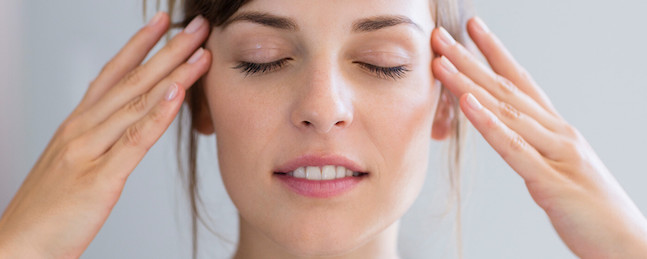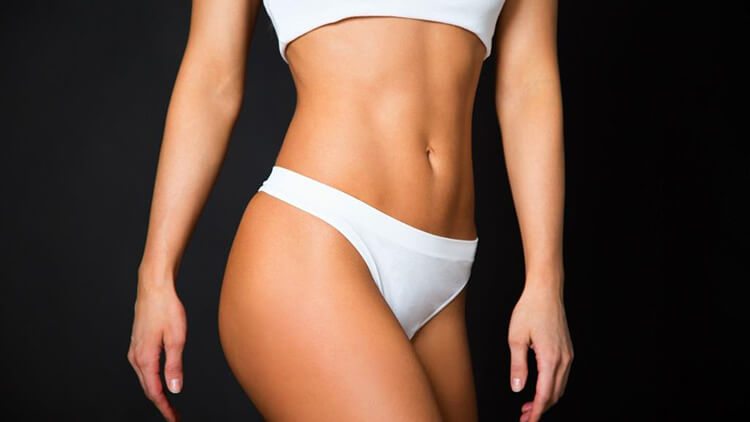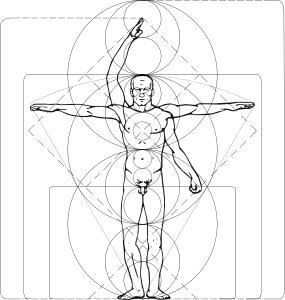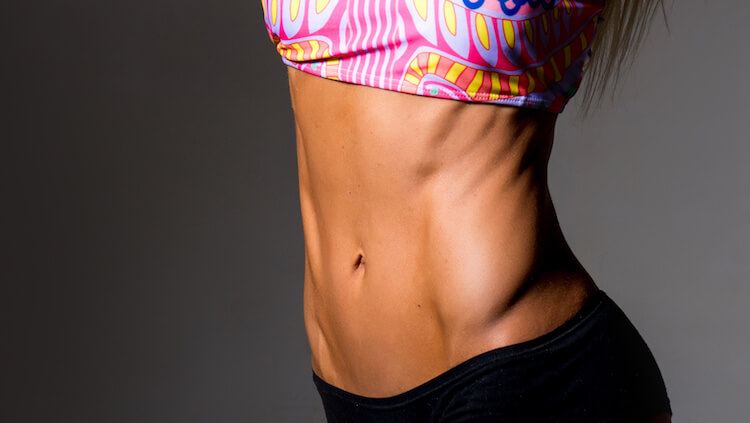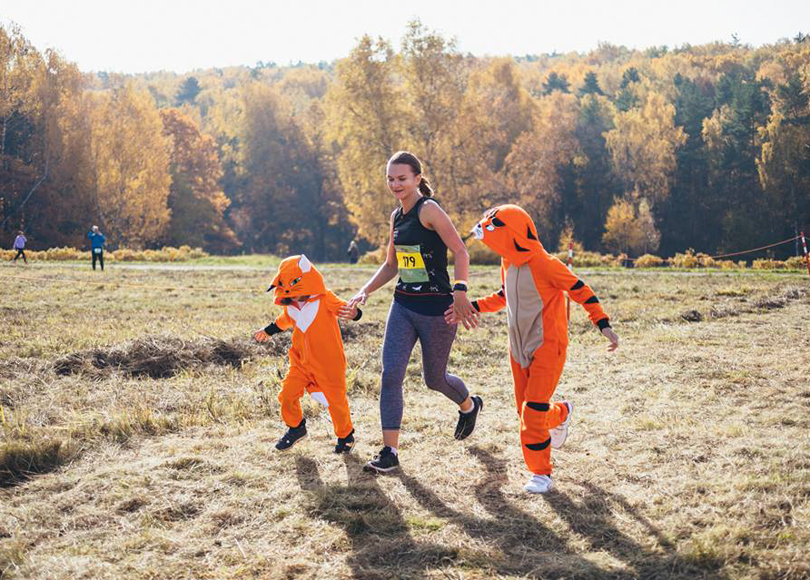Posture as the foundation
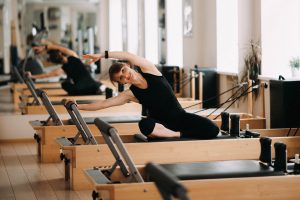 We often hear this word, but what does it mean? Straight back? Lack of scoliosis? In this article, we will consider what components make up posture, how its formation occurs, and, of course, what affects its change.
We often hear this word, but what does it mean? Straight back? Lack of scoliosis? In this article, we will consider what components make up posture, how its formation occurs, and, of course, what affects its change.
Posture is a habitual laid-back position of a person’s body, which remains at rest and in motion. This is the definition that we will find in almost every exercise therapy book. But what or who defines this “laid-back position”, and why did it become “familiar”? This is where we should talk about the components that form the posture.
The human body has a rigid frame – the skeleton. The skeleton is both a support for muscles and ligaments, and a protector of vital organs and structures. A building called a “skeleton” is built according to certain laws, according to “floors” -segments, the correct location of which is designed to provide a minimum load on the muscles and ligaments in an upright position. Feet, lower limbs, pelvis, chest, neck and head – these are the very “floors”. If the “floors” are located correctly, one above the other, the body is able to perform movements in the joints with maximum amplitude, rationally and ergonomically move and maintain stability. This alignment is called “skeletal balance.”
Posture. What does this word mean? Straight back? Lack of scoliosis? In the article, we will consider what components constitute the posture.
The skeleton itself is not able to move in space, it is moved by muscles. In the human body, a huge number of muscles – more than 630, and they all serve different purposes. Some of them perform movements, others keep our backs while walking, running and sitting (these muscles do not completely relax even in a dream), others allow us to breathe, and others transmit emotions. But they all work like a streamlined orchestra. At least in a healthy body, this is so. This phenomenon, and this is indeed a phenomenon, given how complex and multifaceted the “music” of our body-orchestra is called muscle balance.
Each person is so individual that, often, we recognize even barely familiar people by gait and gestures, by the way they stand or sit, that is, by posture. This uniqueness is created by the third component of posture – the motor stereotype. This is a kind of individual built-in program that defines the movement pattern. The basis of this program is heredity. How often can we hear about the similarity of our or someone’s gestures with those relatives whom we have never even seen! Of course, the environment has its influence on the motor stereotype: how we sit at school, and then at work, how we work at a computer, how we stand. In addition, our mental state affects the motor stereotype.
It is difficult to sit with a straight back in a depressed or upset state, and I want to bend under the weight of adversity. And if so every day? So much for the stooped, hunched posture. But how high the man lifts his head and holds his back evenly, to whom great luck smiled!
All three components determine what posture will be: skeletal balance, muscle balance and motor stereotype. There is no proper skeletal alignment: congenital deformity of bones, vertebrae and muscles can no longer “play” with a single orchestra and sound in unison. There will be no good posture.
Some muscles are shorter due to daily sitting for many hours. Short muscles will pull bones along, skeletal balance is disturbed and again disturbance of posture.
An incorrect motor stereotype has formed, a person does not know how to perform various movements and does not study, sits at his computer and does not walk on foot, muscles do not receive the correct commands, do not develop – a violation of muscle balance occurs.
Posture, with which a person will live most of his life, is formed in adolescence. A person grows, his neuromuscular connections are rebuilt, an active formation of a motor stereotype is underway. It is during this period that we, adults, should pay special attention to the child. At the age of 12 years, posture is unstable, but this does not mean that you do not need to work with it, because the foundation for future restructuring is being laid right now.
Traffic! Lots of traffic! Different, fun, for which these more than 630 muscles were created by the Creator. Do not sit all day, but move, and then the child will get a good posture.
And adults? Everything is formed and is not so plastic. Is there really no chance? Of course have! All the same non-original advice – move! Learn to do it right! At the Pilates classes, a technique that works just on a motor stereotype!
We straighten your back and level off at the beginning of the workout – and the pose is calmer and more confident. We breathe deeply and concentrate on what is happening inside us – and the raging sea outside recedes. We perform movements in time with the breath – and we are already at peace with ourselves.
And day after day, we see how our posture is improving!
